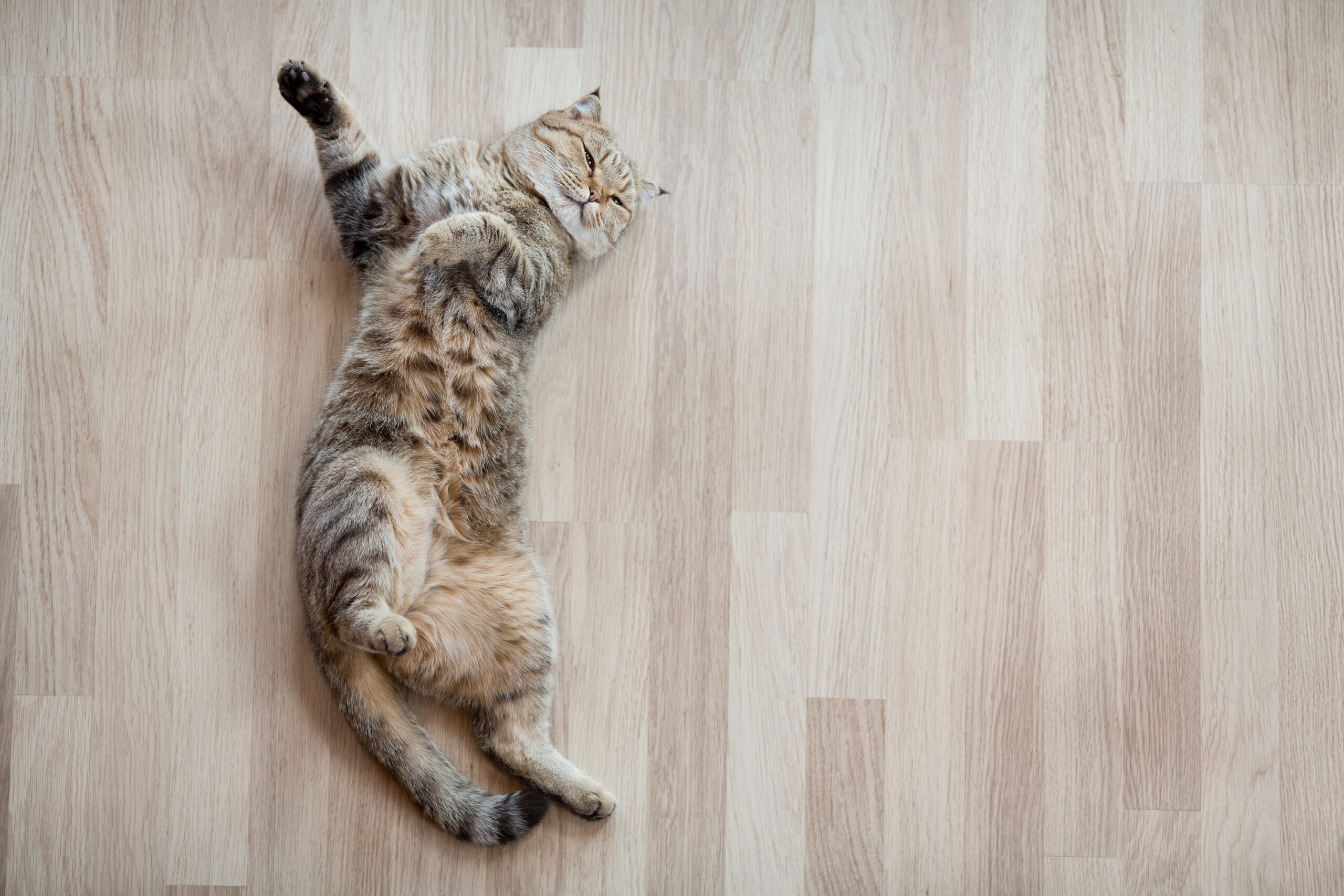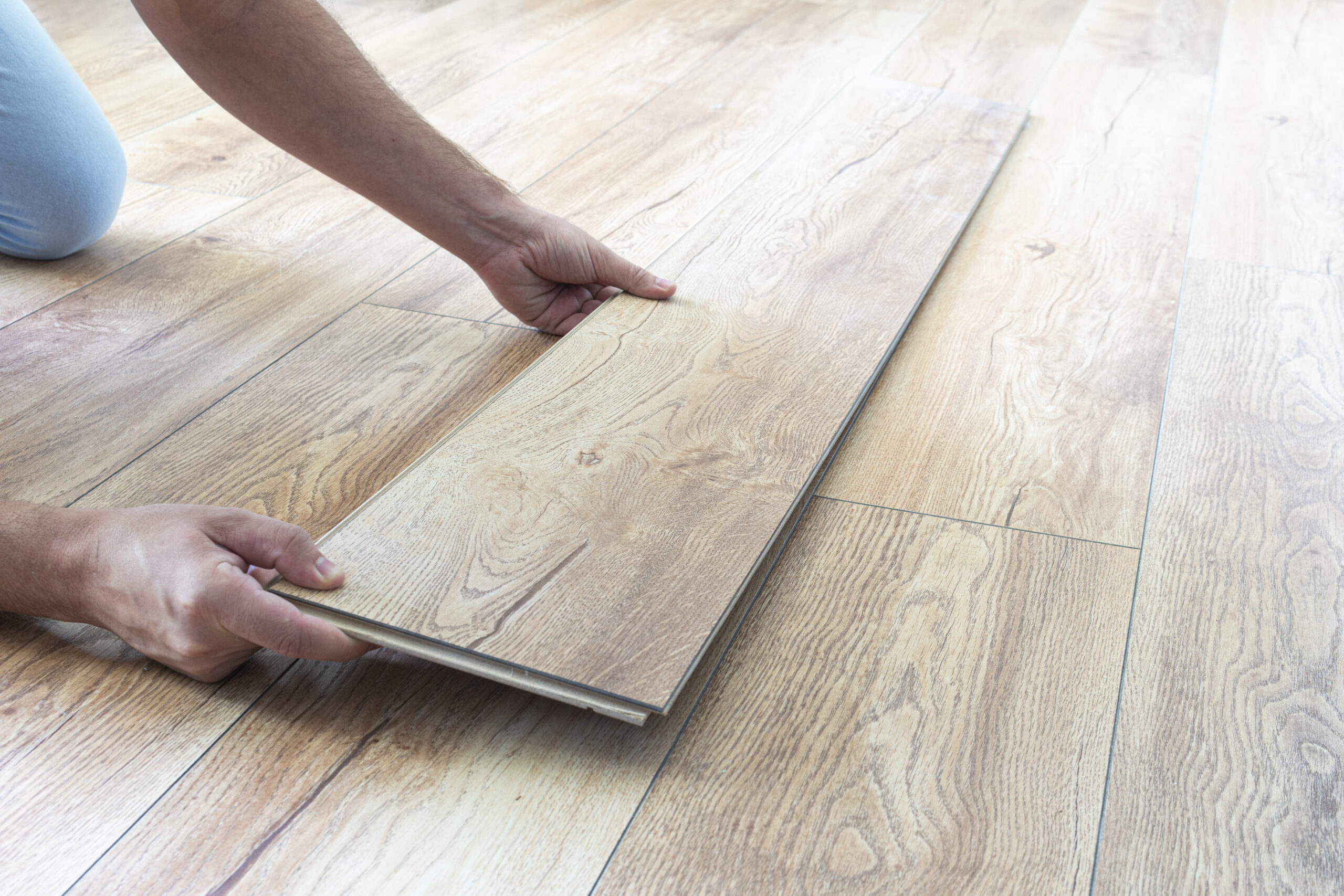

What You Need To Know About Engineered Wood Flooring
You are not familiar with engineered wood flooring? Here are the basics.
There are two main types of wood flooring: solid wood and engineered wood. As the name suggests, solid wood flooring is made of solid wood throughout its thickness, usually a hardwood species, such as oak, maple, or walnut.
Engineered wood flooring looks very similar on the surface, but it is made from a relatively thin layer of hardwood bonded over a substrate of high-quality plywood or OSB (oriented-strand board). You have endless options of finishes and colours to choose from and it’s almost always sold pre-finished.




